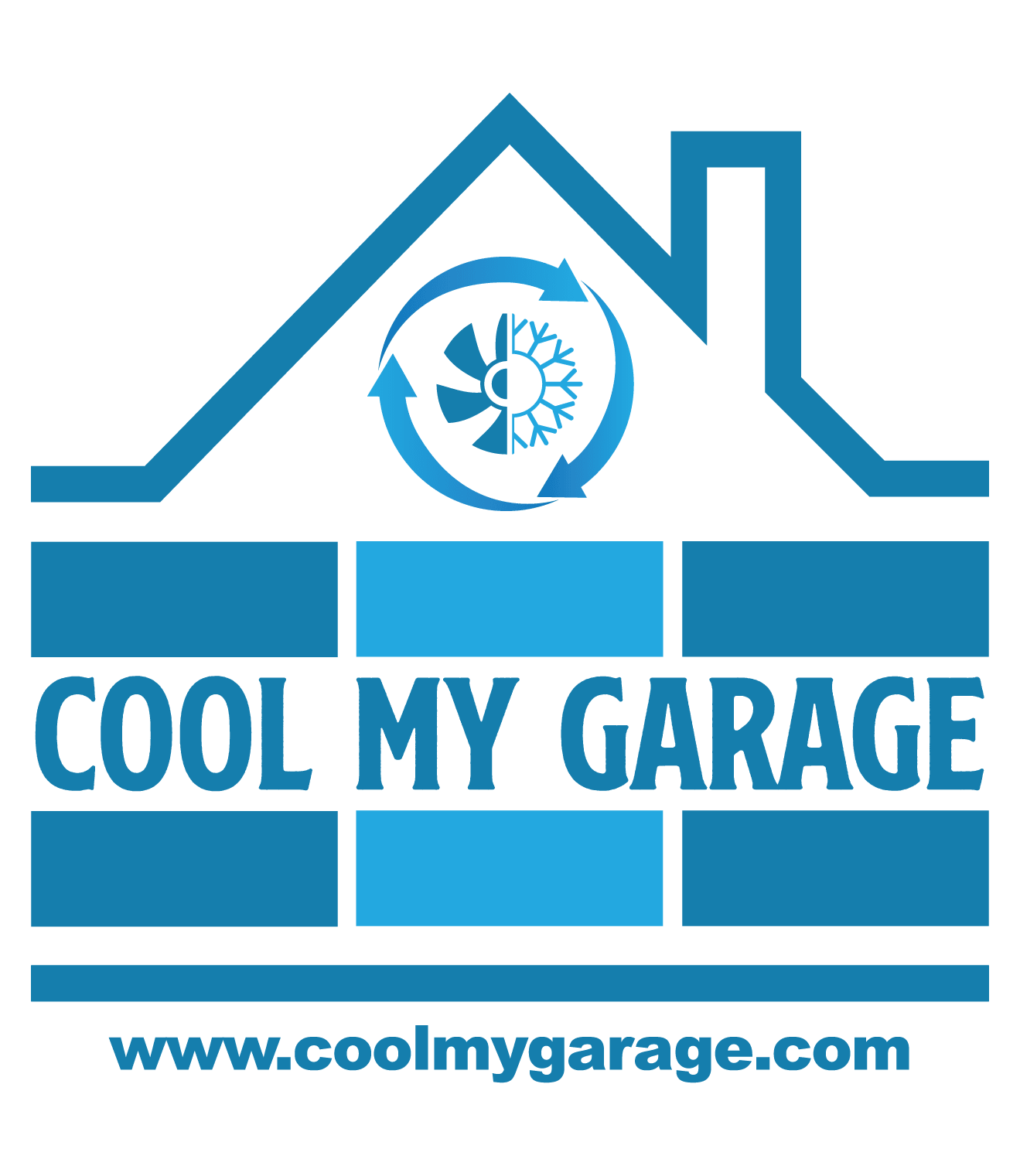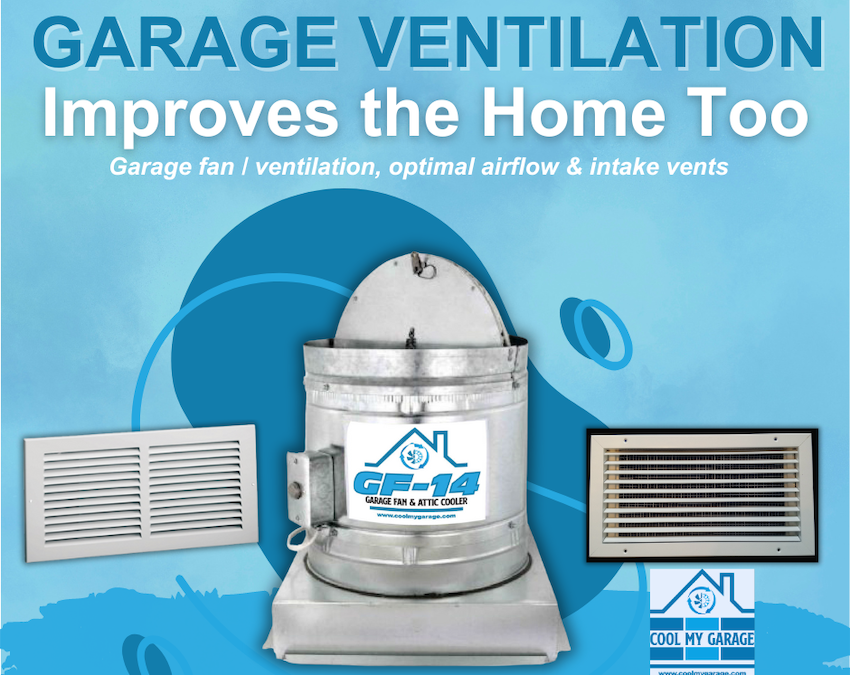In the quest for a pristine and healthy home, the attic and garage often slip under our radar, quietly accumulating mold and moisture that can compromise the integrity of our property and the health of our families. However, the right garage ventilation strategy can be a game-changer, maintaining a perfect environment and improving air quality. Let’s dive into how garage ventilation can be your ultimate ally in the battle against attic mold and moisture.
The Hidden Culprit: Moisture Build-Up
Moisture in your attic and garage can stem from a variety of sources — from daily activities like washing cars or storing snow-covered tools in the garage, to natural humidity. Over time, this moisture accumulates, creating an ideal environment for mold to thrive, unseen and unchecked.
The Power of Proper Ventilation
Effective ventilation is the cornerstone of moisture and mold control in your attic and garage. Here’s why it’s crucial:
Circulates Air
A well-ventilated space ensures continuous air movement, displacing stale, moist air with fresh, dry air from outside, significantly reducing the likelihood of mold growth.
Regulates Temperature
By equalizing indoor and outdoor temperatures, proper ventilation minimizes the condensation that often results from temperature differentials, a common cause of moisture accumulation.
Reduces Humidity
Ventilation systems, especially those equipped with humidity sensors, can dramatically reduce the overall humidity levels in your garage and attic, making them hostile environments for mold.
Implementing Effective Garage Ventilation
To turn the tide against attic mold and moisture, implementing a robust ventilation system in your garage is key. Here are some strategies:
Attic Fans: Your First Line of Defense
Installing an attic fan is one of the most effective measures. It actively expels hot, moist air from the attic, preventing it from seeping into your garage and creating conditions conducive to mold growth.
Exhaust Fans: Precision Moisture Targeting
An exhaust fan in your garage can target specific moisture hotspots, especially in areas used for drying cars or storing wet items, ensuring that moisture is quickly and efficiently removed from the space.
Vents: The Silent Protectors
Adding vents along the roofline or in the garage walls can enhance natural air circulation, complementing your active ventilation systems and providing a baseline level of air exchange.
Key Benefits of Garage Ventilation
The impact of installing a garage ventilation system extends beyond just mold and moisture control:
- Healthier Air Quality: Reduced mold spores mean cleaner air and fewer health risks for your family.
- Preservation of Property: Dry conditions help preserve the structural integrity of your home, protecting your investment.
- Energy Efficiency: Proper ventilation can also improve the energy efficiency of your home, reducing the burden on your heating and cooling systems.
Essential Tips for Maximizing Ventilation Efficiency
To ensure your garage and attic ventilation system performs at its best, consider these tips:
- Regular Maintenance: Keep vents and fans clean and clear of obstructions to ensure optimal performance.
- Strategic Placement: Position fans and vents to maximize air movement throughout the space.
- Monitor Humidity Levels: Use a hygrometer to keep an eye on humidity levels, adjusting your ventilation strategy as needed.
- Insulation: Ensure your attic is well insulated to prevent heat transfer and condensation.
Conclusion: Breathe Easy with Enhanced Garage Ventilation
In the fight against attic mold and moisture, garage ventilation isn’t just a solution; it’s a necessity. By embracing the right ventilation strategies, homeowners can protect their health, home, and happiness. Remember, a well-ventilated garage and attic not only safeguard your property against mold and moisture but also enhance the overall livability of your home. So, take action today and let garage ventilation save the day.
Kind Regards, The Team at Cool My Garage

